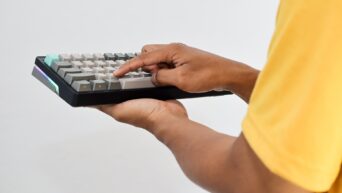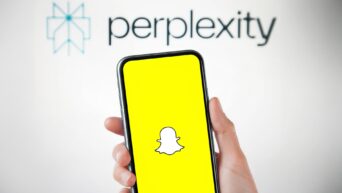
Credit: Unsplash
Have a chat with one of the brightest minds in history.
Albert Einstein is unquestionably one of the most brilliant men in the history of humanity and modern science. The man made incredible contributions to the field of quantum mechanics, coined the original theory of relativity, and besides all that, had a pretty awesome mustache. While he’s long gone, he is still fondly remembered to this day. It’s actually the 100th anniversary of his Nobel Prize receipt, and so to remember and honor him, AI development company UneeQ has created a new AI companion in his image.
Aptly named Digital Einstein, UneeQ’s newest AI construct, or “Digital Human” as they like to call them, uses the latest in conversational AI tech and graphical imaging to create a historically accurate image of Einstein himself, including his voice. Digital Einstein can be chatted with on UneeQ’s website, where he offers tidbits of scientific knowledge, quizzes on his work and research, and even just friendly conversation. Did you know Einstein hated wearing socks? It’s true.
UneeQ describes Digital Einstein as “a realistic recreation of his namesake, embodying the great man’s personality and knowledge – multiplied by the power of conversational AI and powered by UneeQ’s digital human platform.”
They went on to say that Digital Einstein “can communicate with people in a way that comes most naturally – using conversation, human expressions, and emotional responses to best provide daily interactions.”
Introducing Digital Einstein – a realistic embodiment of the great man’s personality and knowledge, multiplied by the power of our digital human platform.
We'd love for you to chat with him at https://t.co/UjCUHWWQjD#DigitalEinstein #AlbertEinstein #Physics #Science #AI pic.twitter.com/3pxD7N7zy2
— UneeQ (@UneeQAI) April 15, 2021
In addition to honoring the memory of a great man, UneeQ hopes that their Digital Humans can offer a source of social interaction to those who are still quarantining at home due to the pandemic. While they don’t think their AIs can completely replace human interactions, it is their belief that they can “help bridge that gap through tone of voice and human-like expressions, allowing the digital human to show sympathy, warmth, excitement, friendliness and empathy.”
































